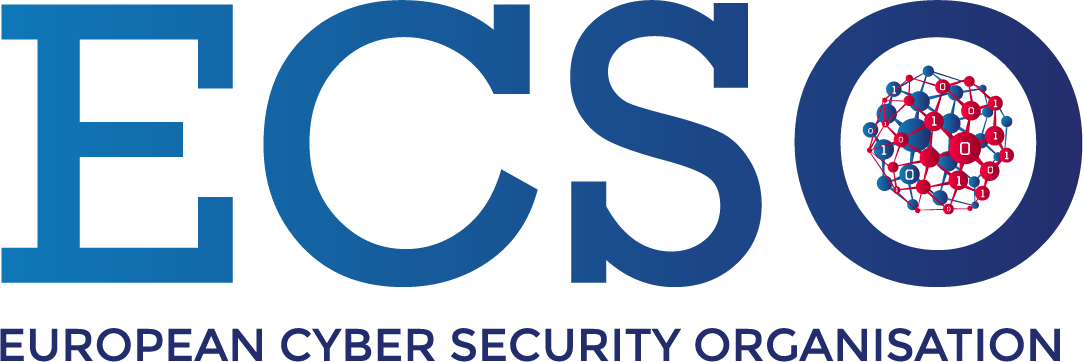Use CRQ for Materiality Analysis and Compliance With Cyber Regulations
Kovrr’s scalable cyber risk quantification platform, equipped with the innovative Materiality Analysis feature, empowers organizations to efficiently define cyber loss thresholds, streamline materiality and significance determinations, and meet evolving global cyber regulatory requirements. Start making defensible decisions grounded in objective risk intelligence.
Request a Free Demo Today




Navigating Cybersecurity Regulations With Data-Driven Risk Thresholds
As cybersecurity regulations continue to emerge worldwide, the need to assess, identify, and manage those potential cyber risks and events that exceed an organization's risk appetite, "materiality," or "significance" thresholds in a timely manner has never been more urgent.
However, determining what constitutes this level of impact is a complex process and requires cross-functional collaboration. Senior stakeholders must be aligned on definitions and loss levels to guide consistent, defensible decision-making.
By quantifying risk and establishing clearly defined data-driven benchmarks, this process becomes streamlined, facilitating communication across teams and ensuring executives have a defensive framework to ensure regulatory compliance.
Understanding Cyber Materiality and Risk Exposure With Kovrr
Each organization’s profile and financial exposure levels are unique, and therefore, most cybersecurity regulations intentionally avoid imposing rigid definitions for what constitutes a "significant" or "material" impact or risk. Instead, regulatory bodies expect organizations to establish internal loss thresholds that are informed by the business context.
This expectation puts pressure on CISOs and senior stakeholders to base decisions on clear, quantifiable insights into the likelihood of exceeding various loss amounts. Only with this level of visibility can executives align on disclosure requirements and confidently prioritize mitigation efforts.
Obtaining this type of objective intelligence, however, can be challenging.
That's where Kovrr's CRQ can assist

4 Steps to Define, Assess, and Disclose Cyber Risk and Events With Confidence
Kovrr's cyber risk experts conducted a comprehensive analysis of corporations worldwide and concluded that the most effective way to determine reportable impact starts with a basis point of revenue. Using this reference point, Kovrr's CRQ models evaluate millions of real-world cyber event data points, along with an organization's unique cybersecurity posture, to generate calibrated scenarios aligned with potential internal thresholds and cyber regulatory expectations.
These scenarios are plotted on a loss exceedance curve, allowing stakeholders to easily visualize which risks or events may warrant disclosure under relevant cyber regulations. With these insights, stakeholders can make more confident, data-driven decisions. To support this process, Kovrr offers a clear 4-step process to guide organizations through cyber risk assessment and regulatory reporting.
Establish Materiality Criteria for Cyber Regulations
Kovrr’s CRQ platform supports compliance with evolving cybersecurity regulations by helping organizations define tailored cyber materiality thresholds grounded in both financial data and business context. While the Materiality Analysis begins with a base revenue reference point, it also incorporates the following internal criteria:
Risk tolerance
Risk threshold
Risk appetite
Financial impact
Insurance deductibles
Brand consequences
Data sensitivity levels
Operational interruptions
Legal repercussions
Event longevity
Stakeholder Identification and Engagement
Effective compliance with cyber regulations, such as NIS 2, DORA, and the US SEC’s cybersecurity disclosure rules, requires input and alignment from cross-functional stakeholders. Kovrr’s CRQ platform and financial, data-driven outputs facilitate this collaboration amongst those responsible for defining and disclosing material or significant cyber events and risk. This group typically includes:
C-suite executives
Boardroom members
CISOs and security teams
Internal compliance personnel
Legal consultants

Kovrr also strategically supports engagement with these key parties during the establishment of material and significant loss threshold criteria. Cooperation among stakeholders is crucial for accurate, transparent, and actionable cybersecurity risk management, governance, and regulatory compliance.
Risk Quantification and Cyber Materiality Analysis
Kovrr’s CRQ platform employs advanced simulation models and an extensive event catalog to identify an organization’s likely cyber risks and events. Simultaneously, our cyber Materiality Analysis automatically plots revenue-based and business-specific loss thresholds on a loss exceedance curve, highlighting the likelihood of exceedance to help guide reporting decisions. Discover:
Top risks
Event likelihood
Event severity
Event types
Attack vectors

By leveraging loss thresholds and other relative criteria defined in Steps 1 and 2, Kovrr’s models can compute the probability of outcomes such as financial loss, data compromise, or operational downtime, ensuring disclosure decisions are both defensible and aligned with cybersecurity regulations.
Continuous Cyber Risk Assessment
Kovrr's cyber risk quantification platform enables organizations to continuously evaluate their cyber risk and determine which events are likely to exceed agreed-upon loss thresholds, ensuring timely compliance with global cybersecurity regulations.
Our risk models constantly evolve, adapting to and accounting for the latest cyber threat data and trends.
Regularly conducted risk simulations keep an organization informed of new risks that might arise, providing ample time for stakeholders to disclose incidents and develop robust management strategies.

Stay Aware. Stay Prepared.
Evolving cybersecurity regulations make it all the more critical for organizations worldwide to implement high-level processes that identify, assess, and mitigate potentially reportable cyber events.
Request a Free Demo Today


